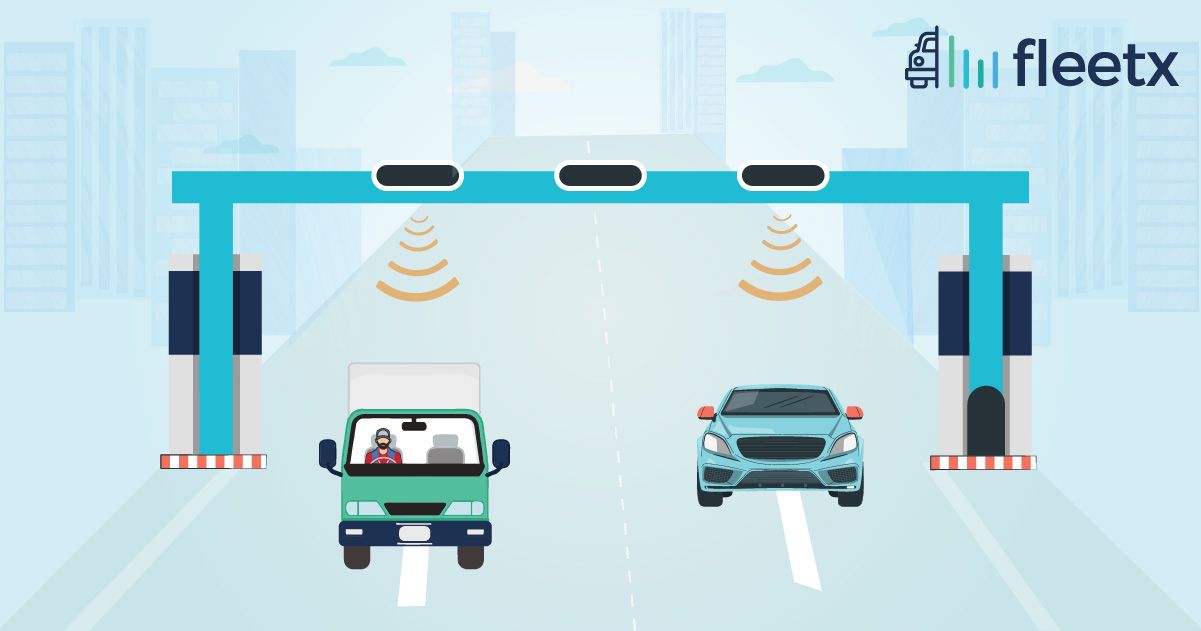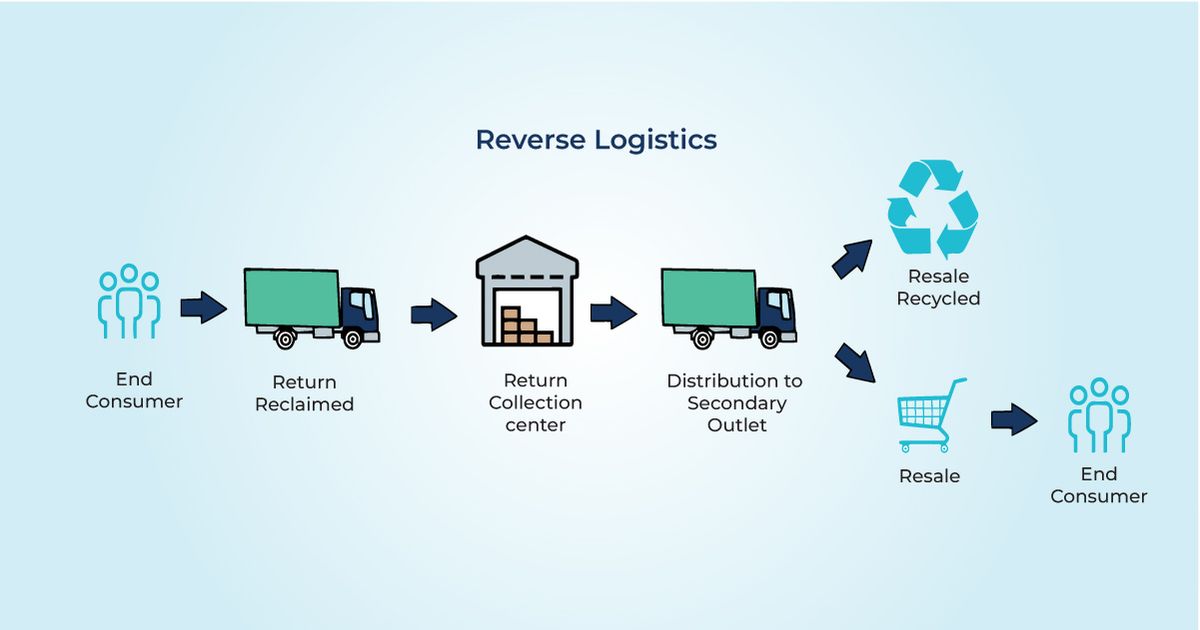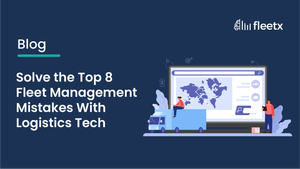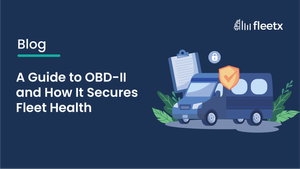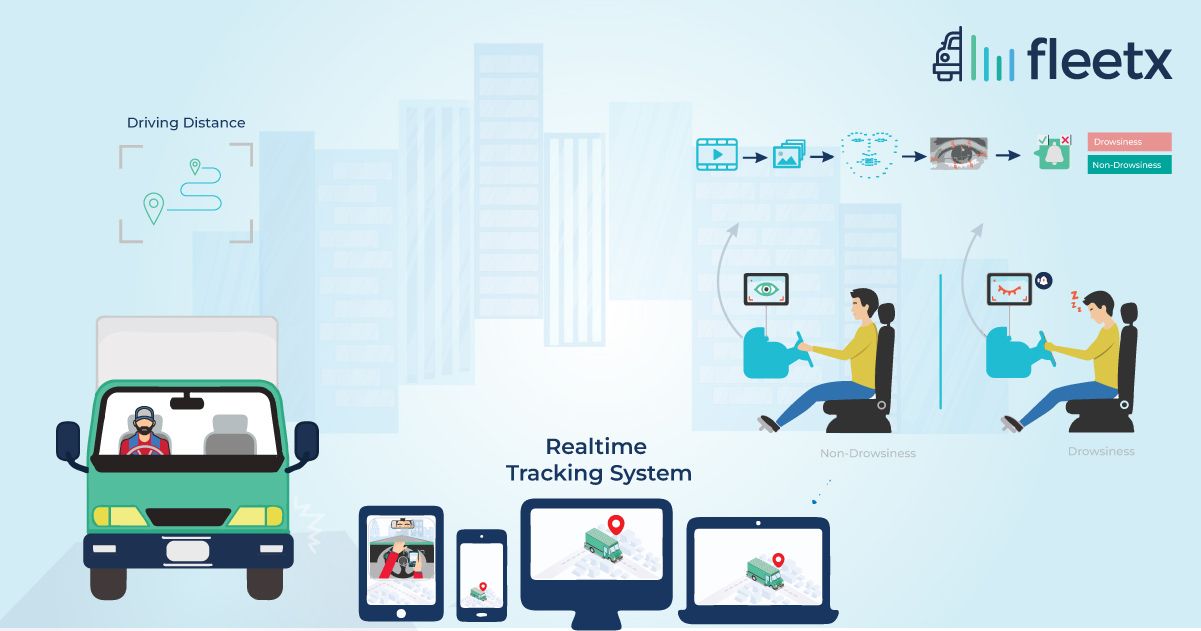
One of the best use cases of technology is that it helps us monitor issues which matter to us - without spending a lot of resources on it. This is especially relevant in a fleet manager's life where he handles a large fleet but is not aware of what happens at ground level. Imagine the amount of uncertainties that a fleet manager has to go through, because once a vehicle is out there on the road there is no visibility except the cellphone which is answered by the driver.
Such a “black box” model of supply chain is inherently opaque and impacts the financials in terms of diversions, delays, thefts, crashes and casualties. Paradigm shift brought by increasing internet penetration led by the Jio Revolution has made innovation in this sector not only pragmatic but also a necessity.
What is VideoTelematics?
Video Telematics is an emerging area of technology where informatics i.e. science of gathering valuable information meets on-demand video monitoring. It is an amalgamation of fields like computer vision, pattern recognition, data analytics and internet of things. In other words, it refers to adding intelligence and connectivity to camera technologies to provide solutions to complex industrial problems.
In the context of Fleet Management, Video Telematics is going to be the cutting edge in the near future. A typical fleet manager operates under a large amount of uncertainty and lack of visibility on what is happening at fleet level. While cameras and GPS have been here for ages, video telematics has truly revolutionised the space by making it intelligent and specific to problems of the industry. An example would be alarms - triggered video capturing - so that managers don’t have to browse 100s of hours of video to do root cause analysis.
How does the technology work?
At the centre stage of technology is a high resolution camera module which can be easily mounted at the dashboard, side profile or at the back of the vehicle. The high resolution makes identification of various objects possible using modern image processing algorithms, which is then transmitted to Fleetx Servers making it accessible to clients at the touch of a button. The video is available both in live view format as well as historic recording - with an option to create time-lapse and desired output resolution.
To add to this, modern innovations in telematics have enabled software to draw useful insights from recorded video - thus reducing the need for manual interventions manifold. Leveraging this Fleetx has built a whole array of analytical tools - such as speed monitoring, harsh acceleration, harsh braking, tailgating, lane-drifting among others.
We are also enabling our clients to gauge Behavioural Driving Patterns of drivers and alarms based on Driver’s activity such as distracted driving, smoking while driving and Cell Phone Distraction Alarms.
List of Alarms being released by Fleetx:
How does it impact fleet management practices?
24X7 Visibility: Fleet managers can monitor any collision, theft or any insurance related disputes through any of the cameras. Also they can verify the claims of drivers regarding road conditions, weather, traffic or any other reason for deviation or delay.
Control Room Functionality: To build a seamless user experience, Fleetx provides control room functionality with live video tracking in its real time GPS dashboard.
Identification of Risky Driving: The present setup also captures risky driving behaviours like cell phone use, smoking, drowsiness, tailgating, traffic sign violations etc. Which can be used later for training of drivers.
Defending drivers in crashes: This University of Michigan study highlights that for the majority of crashes & casualties between trucks and cars, 80% of the time it is the car owners fault. Thus there is a legit case of video recordings to defend drivers in case of such emergencies.
Reducing Insurance Costs: Another area which is being talked about in India actively is telematics - based issuance and how it can reduce costs for those who keep their driving performance high. IRDAI, the insurance regulator, has launched a sandboxing trial on implementing this and is being increasingly adopted by players like HDFC, Tata AIG and Reliance.
Driver rewards or training purposes: Video telematics solutions also enable to capture a driver’s act of bravery or a simple act of impressive driving, for rewarding the best performers and incentivizing good upkeep of the fleet. A repository of bad behaviours can also be made for future training purposes.
Road Safety: In 2020, leaders of the world met in Sweden to adopt the “Stockholm Declaration on Road Safety” led by the World Bank and WHO. The declaration adopted by 80 countries, highlighted the need of adapting technologies to insure crash prevention and other forms of road safety. Video Telematics is a right step in this direction.
Industry Specific Demands: Fleet managers are aware that not all cargos are equal and some require intricate management and monitoring while on the go. An example is the petroleum industry which requires drivers to not “smoke” in the vicinity of vehicles owing to the highly inflammable nature of shipment. The technology has reached sufficient levels in order to cater to such nuanced needs of the industry using image processing algorithms.
End to End Supply Chain Mapping: While cameras have been an integral component of warehouses and industrial compounds - but as soon as a consignment left the premises - it was prone to externalities such as theft, manhandling and so on. Using video telematics while on the go - provides visibility to the entire supply chain and helps reduce such externalities in the long run.
Conclusion
It is imperative that video telematics is going to change the fleet industry by making a paradigm shift in how we approach our fleet operations at day to day level. The possible benefits are not only going to be increased business efficiency and reduced economic costs, but also safer driver and vehicle operations, thus making the industry more humane.
What is a fleet dash cam?
Dash cams for fleets of commercial vehicles are cameras that are mounted within the vehicle. They frequently are fixed to the windshield and capture activities occurring in front of a moving vehicle.
What are the two types of fleets?
While delivery fleets are made up of vehicles that pick up items from transit hubs and deliver them locally, trucking fleets are made up of trucks that are utilised for long-haul transport regionally or nationally.


